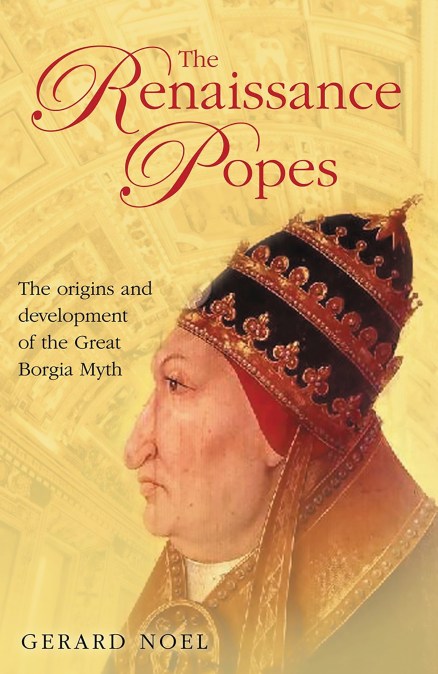Shopping Cart
The Renaissance Popes
Statesmen, Warriors and the Great Borgia Myth
Description
Between the years of 1447 (Nicholas V) and 1572 (Pius V), the Vatican became the official home of the Church, and a succession of Renaissance Popes — who were statesmen, warriors, and patrons of the arts as well as churchmen — turned Rome into an unparalleled center for culture, and turned the Church into the world’s largest bureaucracy. These mercurial popes, such as Alexander VI, the infamous Borgia patriarch, and Julius ‘Il Terrible’ II, contributed to cultural achievements — the Basilica of St. Peters and Michaelangelo’s Sistine Chapel — through the sale of indulgences, and targeted heretics with Inquisitions and witchhunts. In the midst of this explosion of great culture and violent debasement, Alexander VI, father of the ruthless Cesare and jezebel Lucrezia, came to be seen as the embodiment of this iniquity. But Gerard Noel shows that Alexander’s legacy was tainted by false confessions and historical myth. In fact, Alexander created the blueprint for reform — the first of its kind — that would eventually lead to the Counter-Reformation. In his survey of the colorful reigns of the seventeen Renaissance Popes and his examination of the great Borgia myth, Noel brings to light the true legacy — political, artistic, religious — of an extraordinary time.
Newsletter Signup
By clicking ‘Sign Up,’ I acknowledge that I have read and agree to Hachette Book Group’s Privacy Policy and Terms of Use
